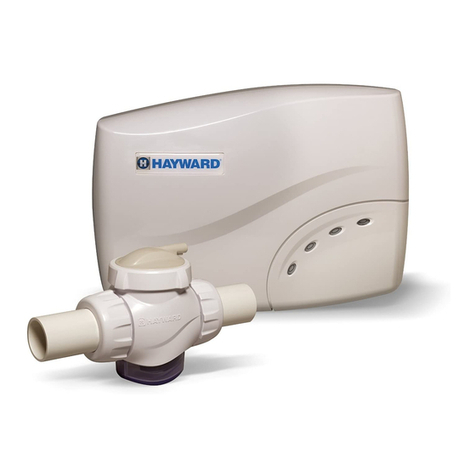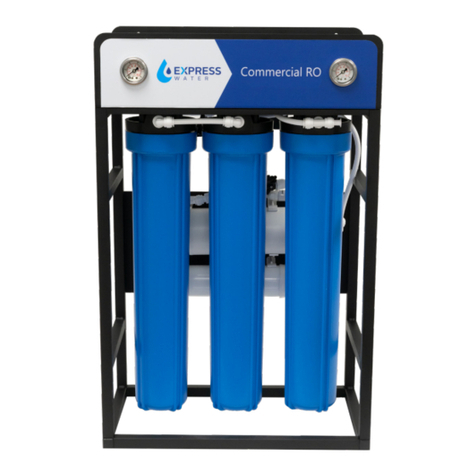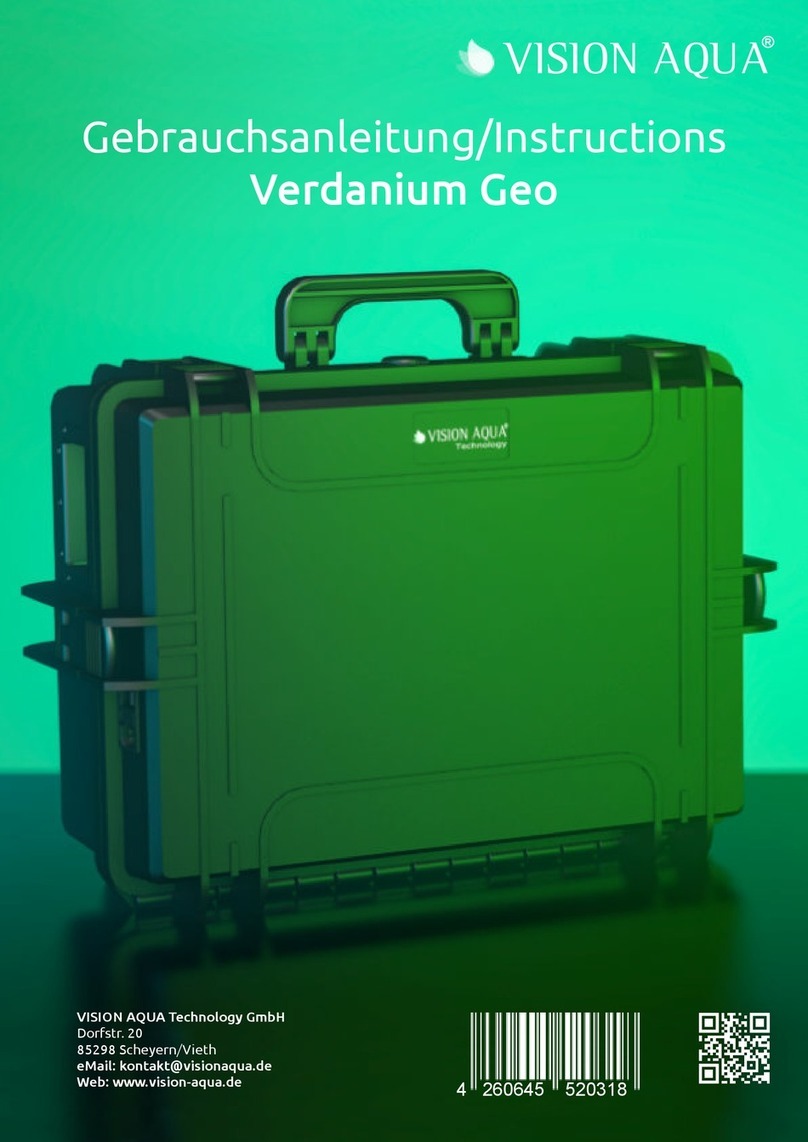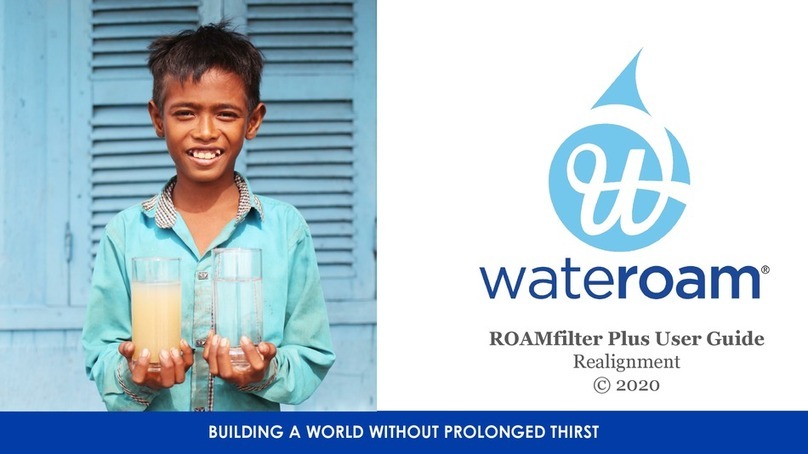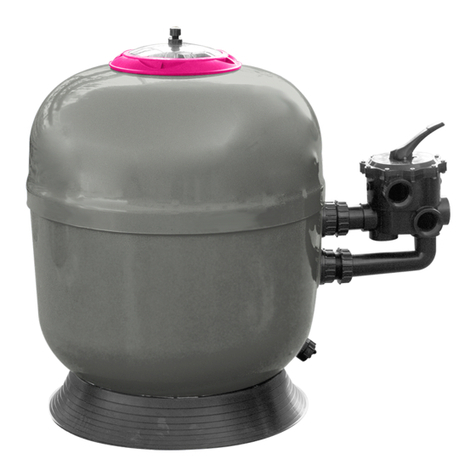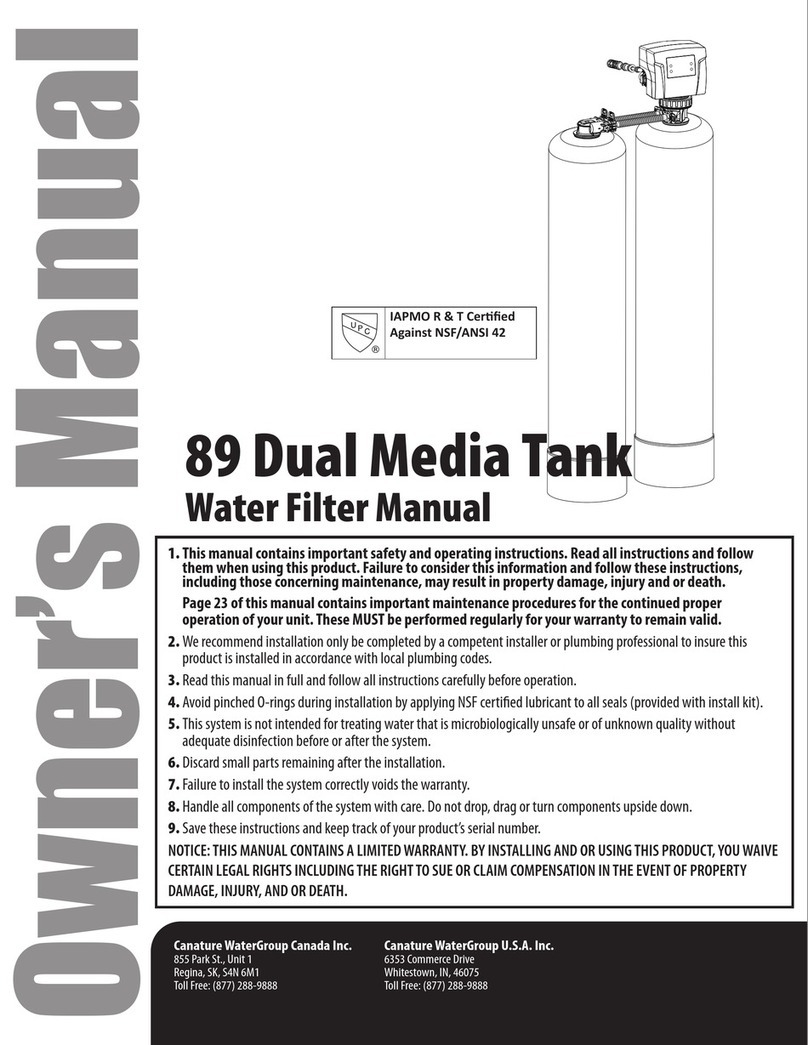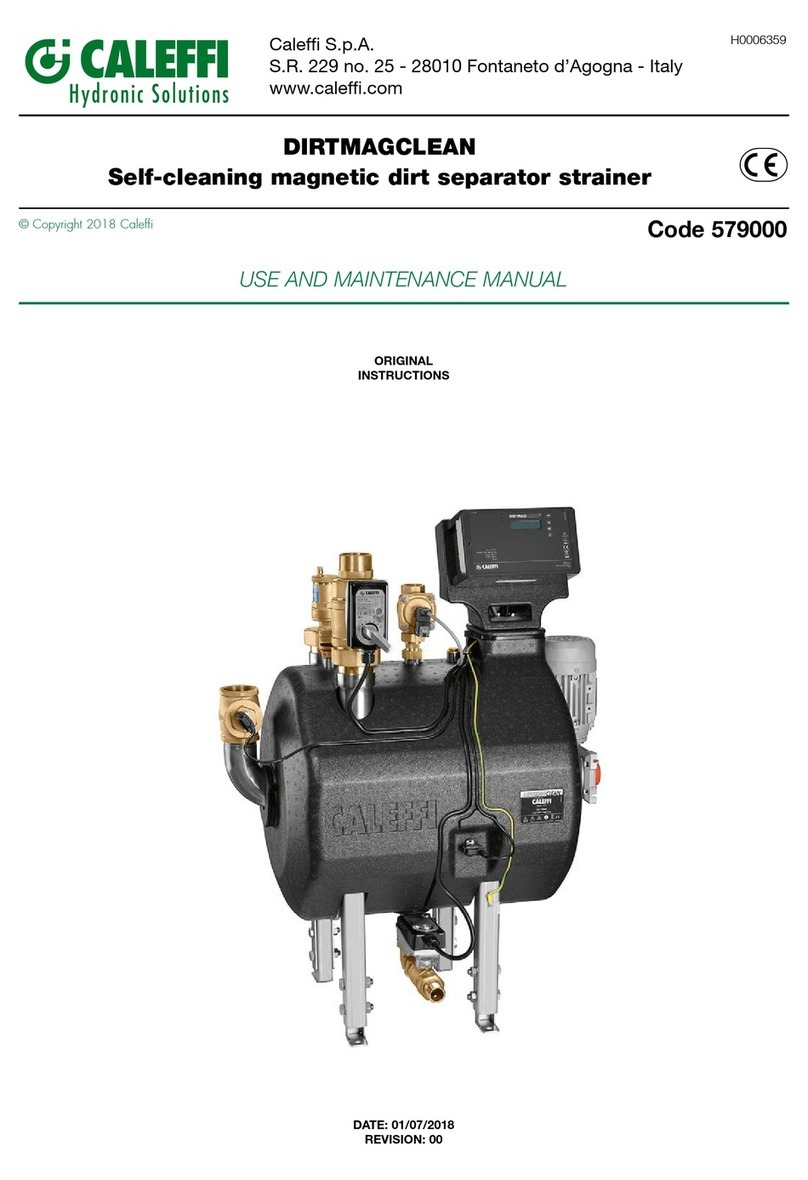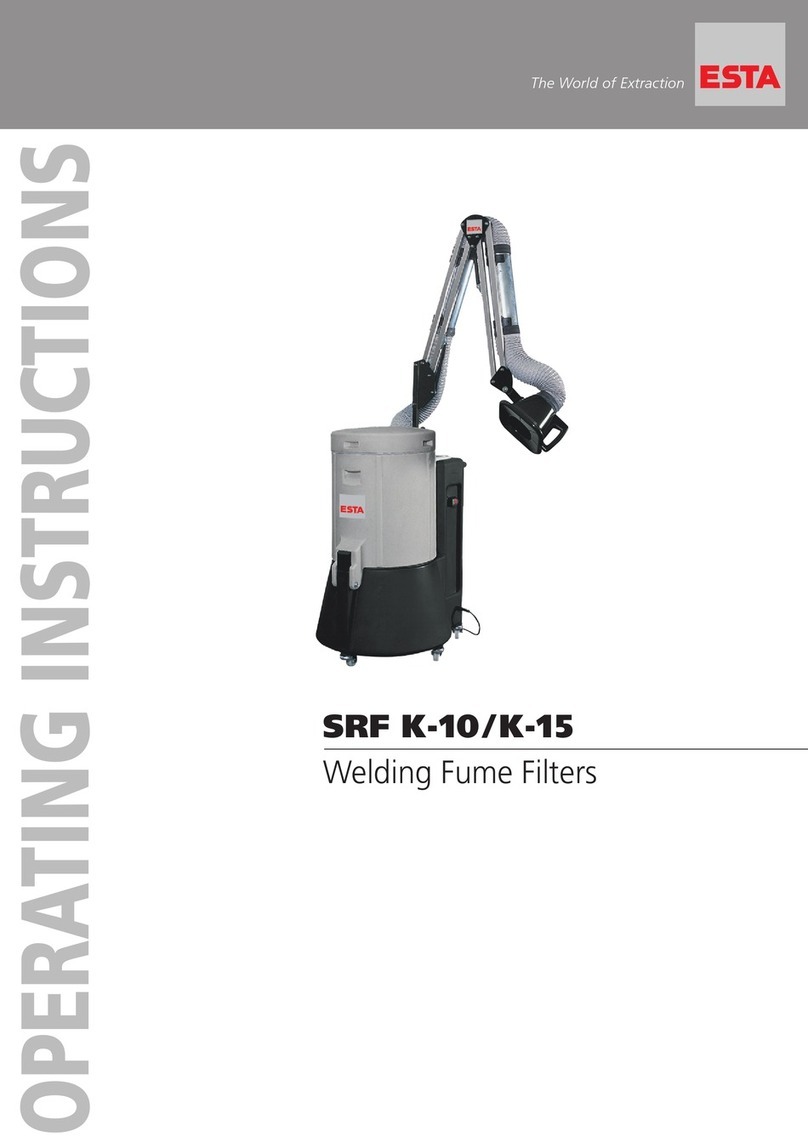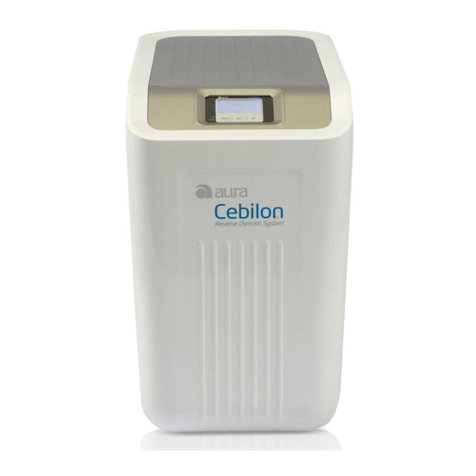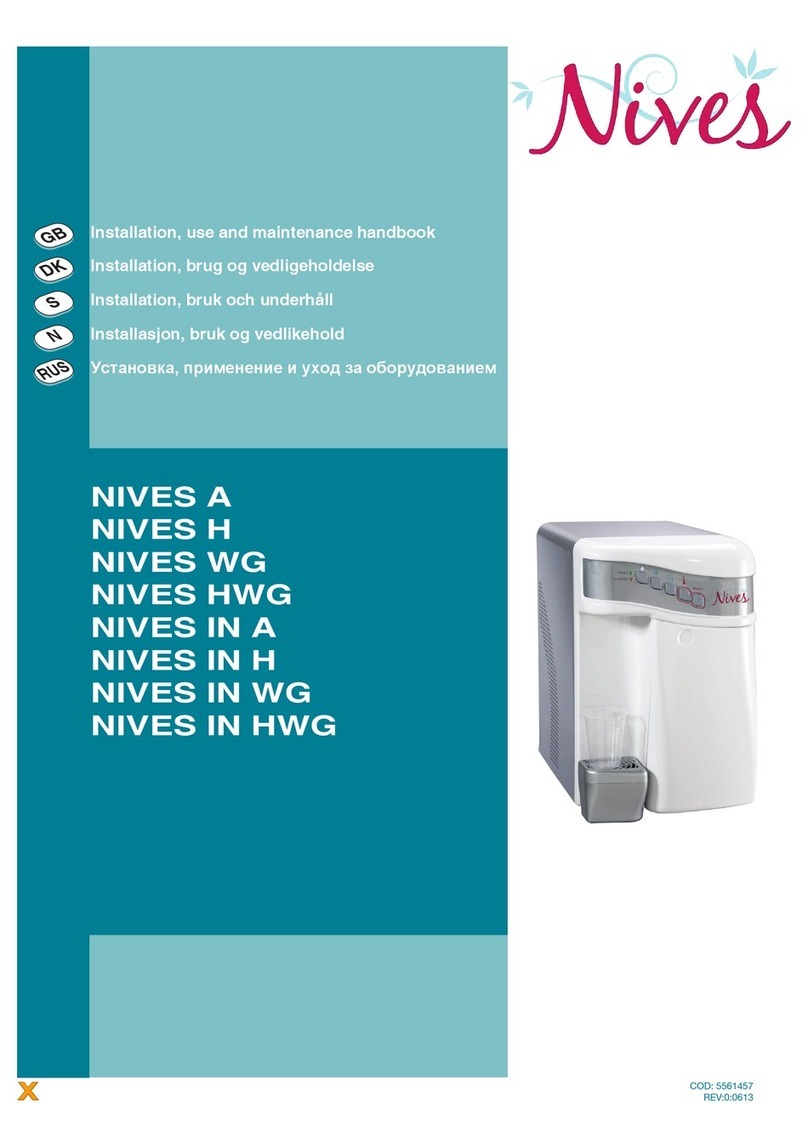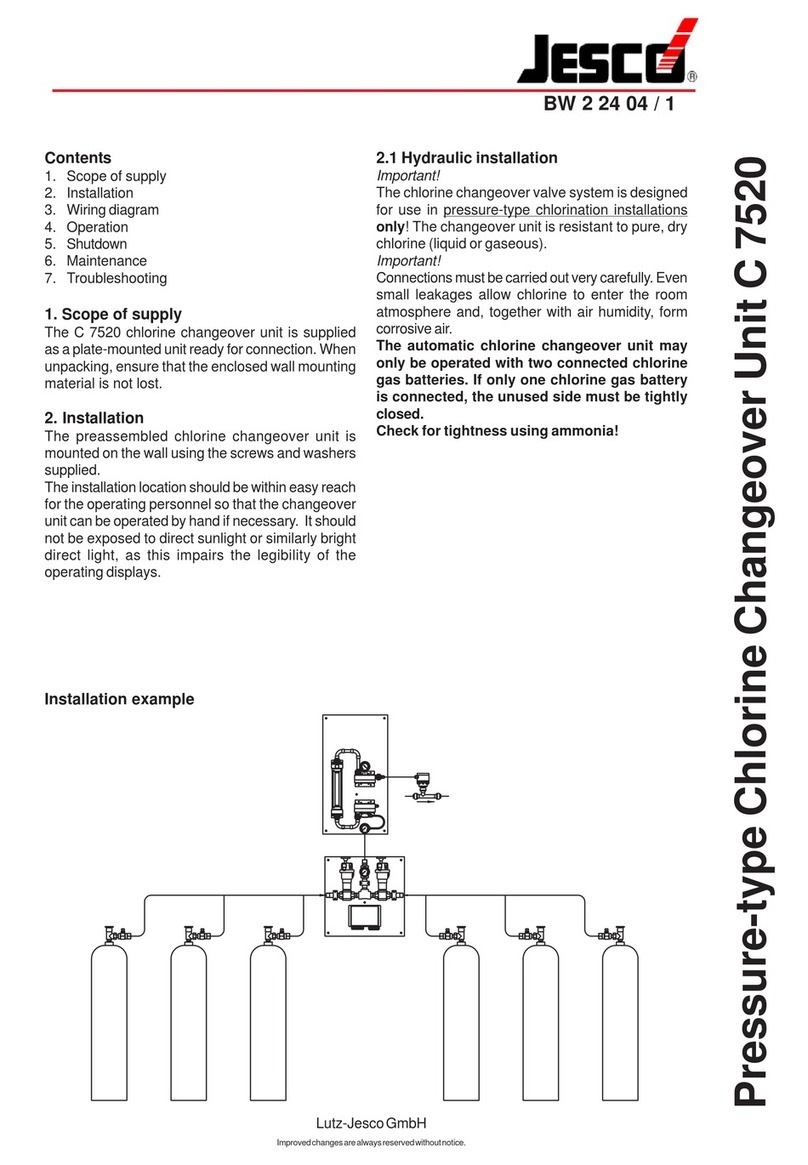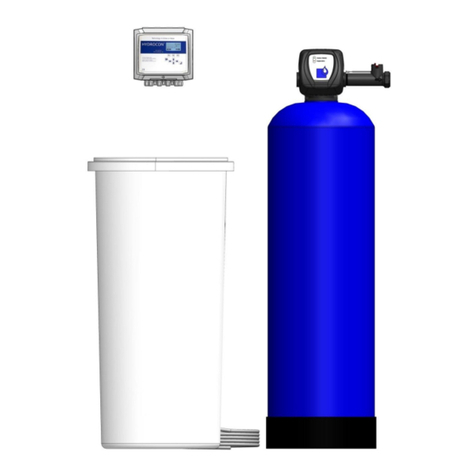
Contents
Contents .....................................................................................................................................3
1. General notes on safety ......................................................................................................4
2. Preventing mechanical hazards .........................................................................................6
3. Preventing electrical hazards .............................................................................................6
4. Preventing dust hazards .....................................................................................................6
5. Intended use ........................................................................................................................7
6. Technical data and description ..........................................................................................8
6.1 Welding fume filter..............................................................................................................8
Technical changes reserved.....................................................................................................8
6.2 Function description ...........................................................................................................8
7. Delivery, assembly and commissioning............................................................................9
7.1 Delivery and transport ........................................................................................................9
7.2 Assembly............................................................................................................................9
7.3 Commissioning...................................................................................................................9
8. Maintenance and troubleshooting ...................................................................................10
8.1 Maintenance instructions.................................................................................................. 10
8.2 Inspection and maintenance intervals...........................................................................11
8.3 Troubleshooting................................................................................................................12
9. Monitoring the minimum air volume flow........................................................................ 13
10. Cleaning ............................................................................................................................. 13
10.1 Rotary cleaning system ..................................................................................................14
10.2 Changing the filter ..........................................................................................................14
...............................................................................................................................15
11. Disposal..............................................................................................................................15
11.1 Disposal of the collected dust.........................................................................................15
11.2 Disposal of the device ...................................................................................................15
12. Device image...................................................................................................................... 16
13. Declaration of Conformity.................................................................................................17
Notes.........................................................................................................................................18
Notes.........................................................................................................................................19
Notes.........................................................................................................................................20



















